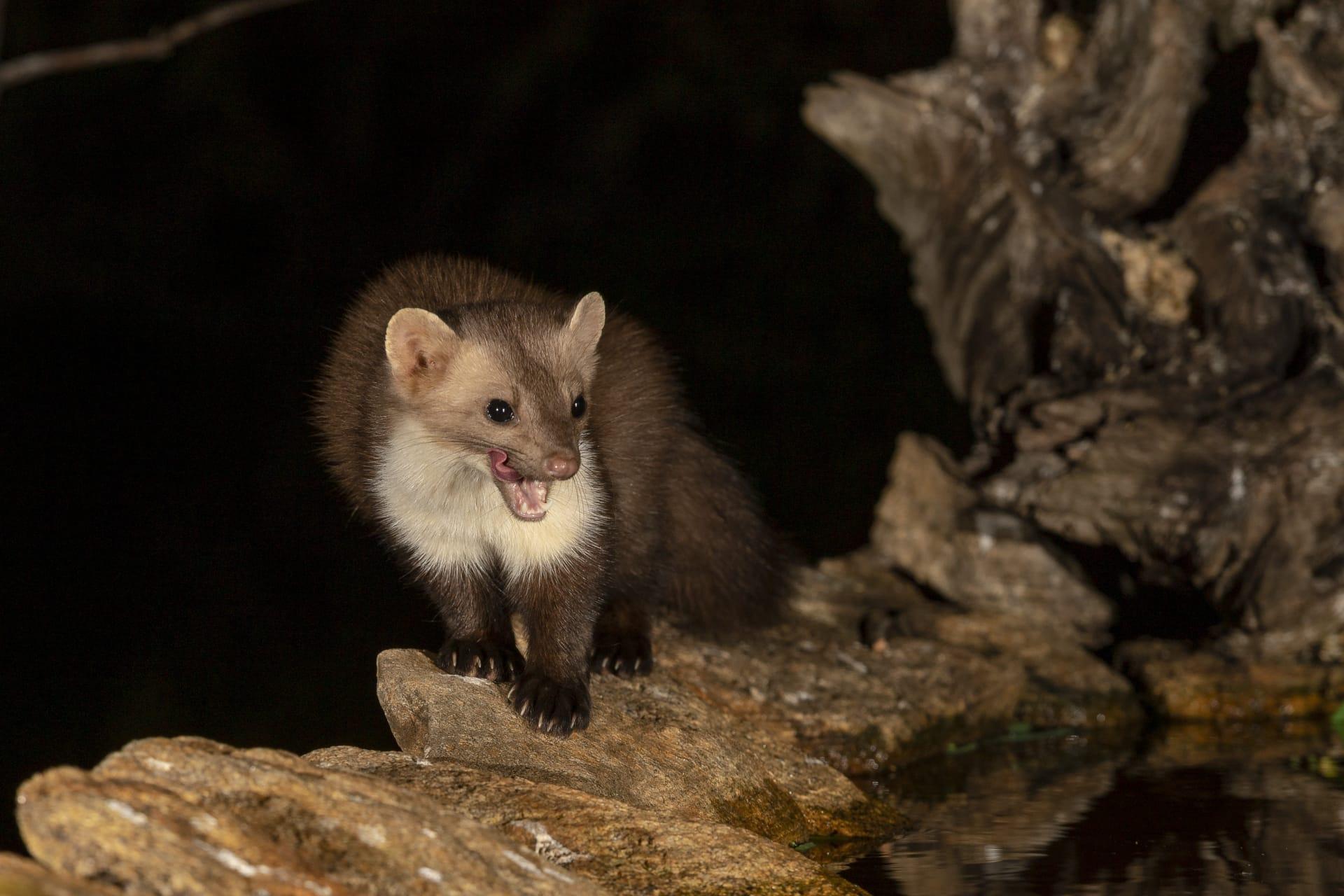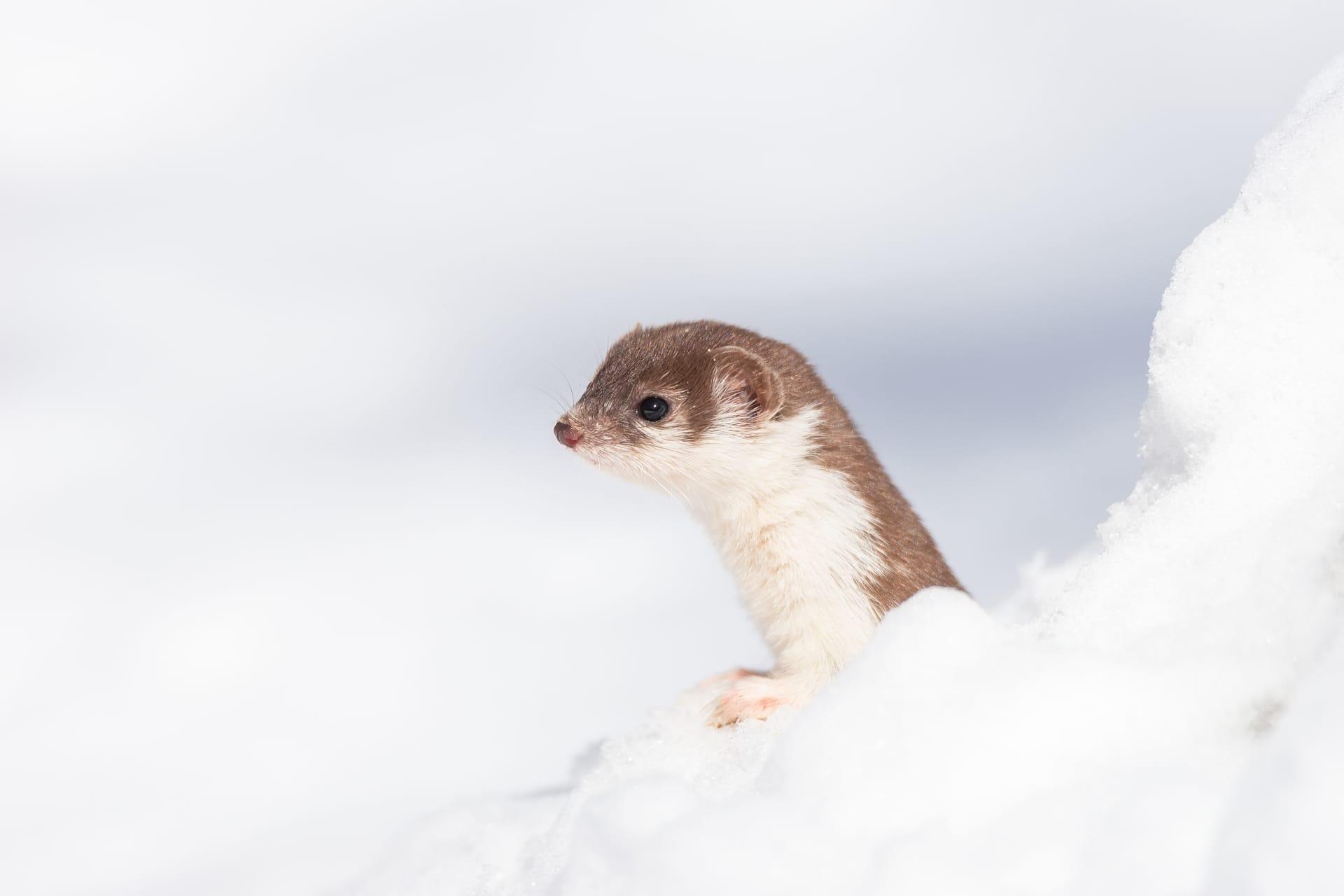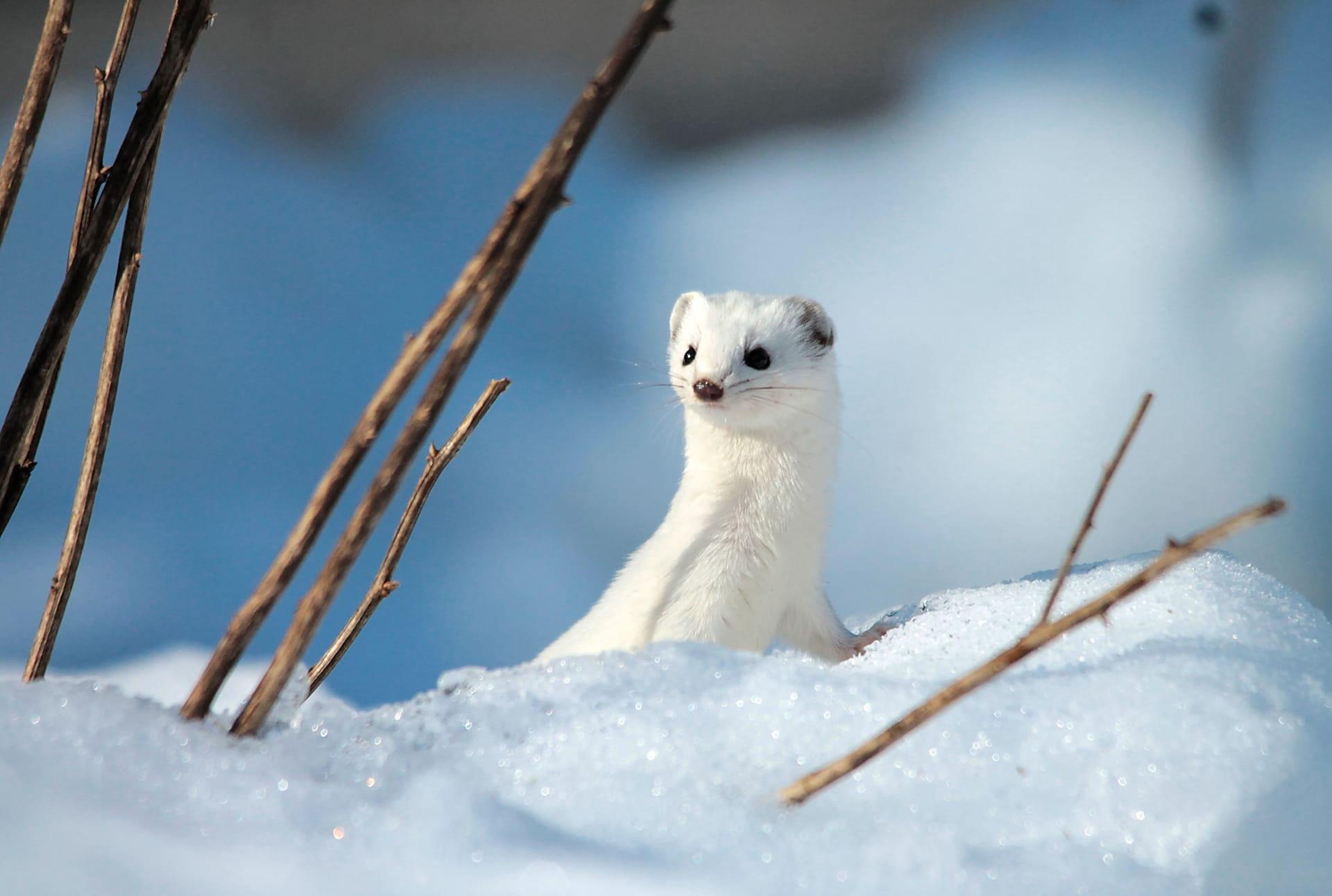Weasel Trivia
- Home /
- Trivia Question /
- Animal /
- Weasel Trivia
1
Question: How small can a weasel get, and does its size affect its hunting abilities?
Answer: The least weasel, one of the smallest members of the weasel family, can be as tiny as 4.3 inches in body length, not including the tail. Despite their tiny stature, they're fierce hunters, capable of taking down prey much larger than themselves, like rabbits. Their small size actually aids them in maneuverability and stealth, making them effective predators.
Question: What's unique about a weasel's metabolism, and how does it impact their eating habits?
Answer: Weasels have an incredibly high metabolism, which means they need to eat a lot relative to their size. A weasel can eat up to a third of its body weight daily. This high metabolic rate also means they are almost constantly on the hunt for food, making them highly active predators.

2
Question: Is it true that weasels can be harmful to local wildlife populations?
Answer: While weasels do hunt and consume small mammals and birds, their impact on local wildlife populations is often overstated. They play an important role in the ecosystem by helping to control rodent populations, which if left unchecked, can cause significant damage to crops and spread diseases.
Question: Do weasels really 'dance' when they're hunting?
Answer: The so-called 'weasel war dance' is a bit of a misnomer. While weasels do perform a series of rapid, erratic movements, this isn't a hunting tactic. It's believed to be a defensive display or a result of extreme excitement and high energy levels, possibly even to confuse or disorient potential threats.

3
Question: How do weasels adapt to different environments in terms of their fur?
Answer: Weasels have a remarkable adaptation mechanism for different seasons. In colder regions, some weasels change their fur color from brown to white during winter, providing camouflage in the snow. This not only helps them to avoid predators but also aids in hunting.
Question: Are weasels solitary or social animals, and how does this affect their behavior?
Answer: Weasels are primarily solitary animals, coming together only to mate. This solitary nature means they are highly territorial and will defend their space fiercely. Their interactions are typically limited to mating season, and outside of this, they prefer to hunt and live alone.

4
Question: Can weasels swim, and if so, how well?
Answer: Yes, weasels are surprisingly good swimmers. They can dive and navigate water bodies effectively in search of food, like fish or amphibians. This ability allows them to exploit a variety of habitats, including marshes and riverbanks.
Question: How do weasels communicate with each other?
Answer: Weasels communicate through a combination of vocalizations, scents, and body language. They use high-pitched squeaks and trills, especially in interactions during mating season. Scent marking is also crucial for delineating territory and signaling reproductive status.

5
Question: What's the average lifespan of a weasel in the wild, and what factors influence it?
Answer: The average lifespan of a weasel in the wild is about 1 to 3 years. Factors influencing their lifespan include predation, availability of food, and environmental conditions. In captivity, with the absence of predators and steady food supply, they can live up to 10 years.
Question: Do weasels hibernate during winter?
Answer: Unlike some mammals, weasels do not hibernate. They remain active throughout the year, even in cold climates. Their high metabolic rate requires them to continue hunting and consuming food regularly, irrespective of the season.